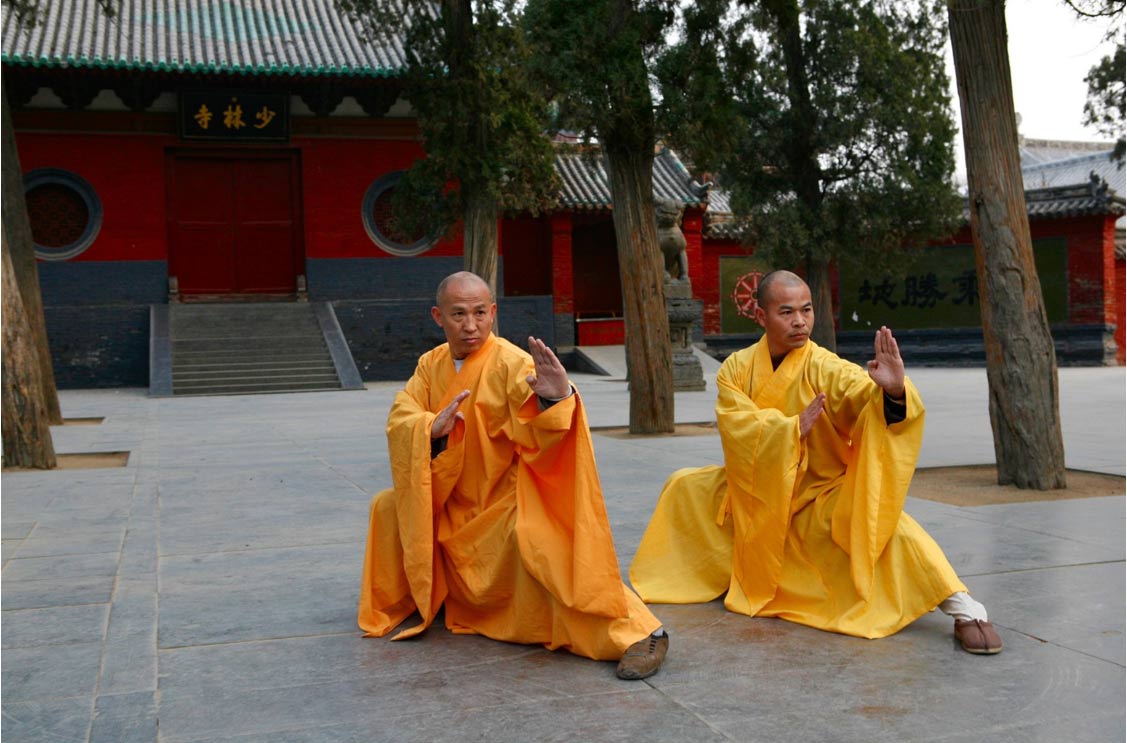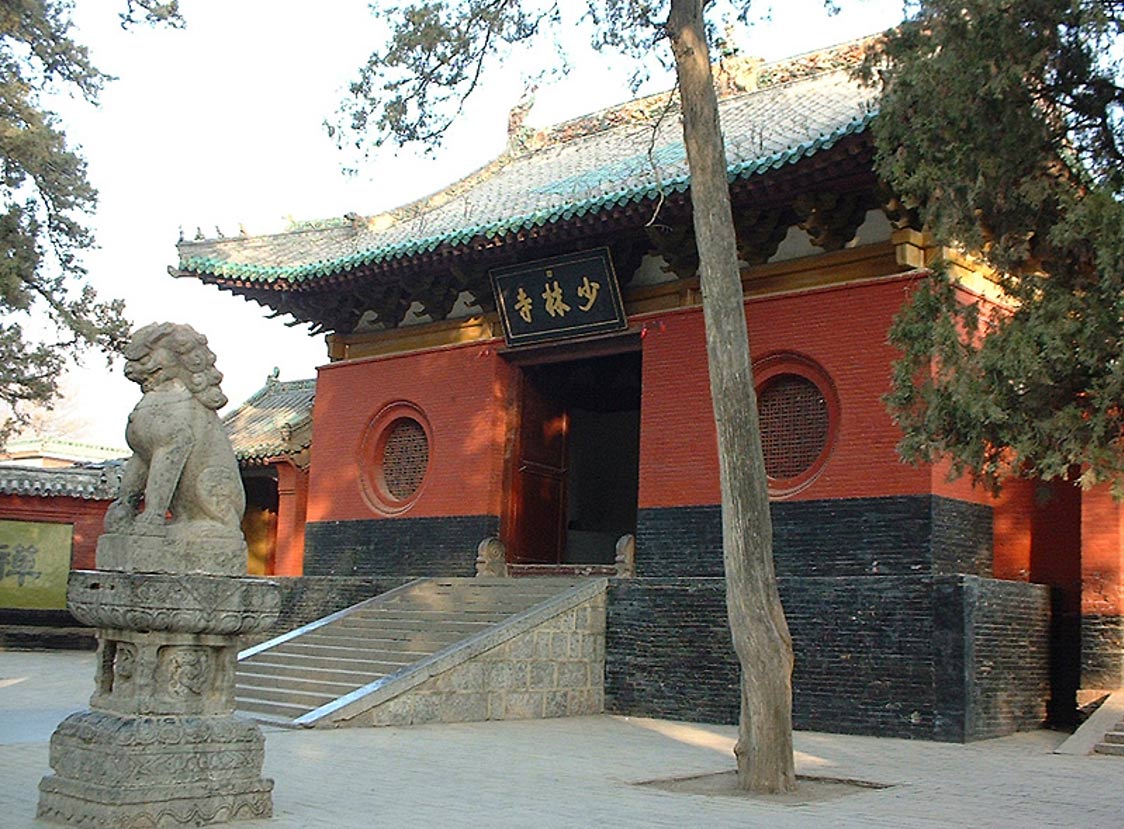
Ng Mui - The Nun Who Invented the Martial Arts Wing Chun
Although they are rarely mentioned, accounts of female warriors in history are increasingly researched and studied. Among the most well-known historical figures are Hua Mulan of 6th century China, Itagaki of 13th century Japan, the Celtic queen Boadicea in 1 CE and Joan of Arc of 15th century France. Of martial artists, however, the accounts are rarer still, and generally become a mix of historical facts and legends. One such story is the Shaolin Abbess Ng Mui, her student Yim Wing Chun, and their roles in the conception of a martial art called the Wing Chun Kung Fu.
It is widely accepted that Wing Chun Kung Fu originated during the 17th century as a more concise version of the rigorous and complex art forms taught in the Shaolin Temple of Southern China. It then evolved into a very popular Chinese martial art of Wing Chun, which literally means “everlasting springtime”. Wing Chun Kung Fu, therefore, means “everlasting springtime achieved through great effort.”
- Pankration: A Deadly Martial Art Form from Ancient Greece
- Hell hath no fury like the Trung Sister freedom fighters
Although Ip Man is widely credited for bringing awareness to the style and made it famous, the originator of Wing Chun was a woman. She was Shaolin Abbess Ng Mui, a master of Shaolin Kung Fu who used this knowledge to invent a way to take advantage of the weaknesses found in other Shaolin systems.

The Pagoda forest, about 300 meters west of the Shaolin temple in the Henan province, China. (Wintran,CC BY 2.5)
Thus, understandably, in its time this new system was well-guarded and passed on to only very few students. This style became known as Wing Chun, after Ng Mui's first student, also a woman, named Yim Wing Chun.
The Birth of a Resistance
In 1644, with inside help from a Ming general, Manchurian invaders from northern China penetrated the Great Wall. Occupying Beijing, the Manchurians ousted the ruling Ming Dynasty, and established the Qing Dynasty. While they went on to control the rest of China for 267 years, anti-Qing sentiment continued over much of their rule. Renowned for its Kung Fu, the Shaolin Temple became a secret haven for many anti-Manchurian rebels.

The calligraphic inscription that hangs over the main gate of the Shaolin Monastery was written in the Kangxi Emperor's own hand. (CC BY-SA 3.0)
To develop Kung Fu and maintain traditions, the Shaolin Monastery invited known Masters and other individuals as teachers and mentors. Due to the increasingly urgent requirement for the people of Ming to be able to defend themselves when required, five of China's grandmasters of martial arts, known as the “Five Ancestors”, came to the monastery to devise a form of Kung Fu that would not take as long to learn as the traditional Shaolin styles. They then went on to discuss the merits of each of the various forms of Kung Fu, in order to choose the most efficient techniques from each style and combine them in developing a form with a shorter learning period. Traditionally, the preparatory training of classic Shaolin styles of Kung Fu took 15 to 20 years for each person to master. A training program was then devised by the Five Ancestors which would develop an efficient martial artist in five to seven years, one-third the original time.




